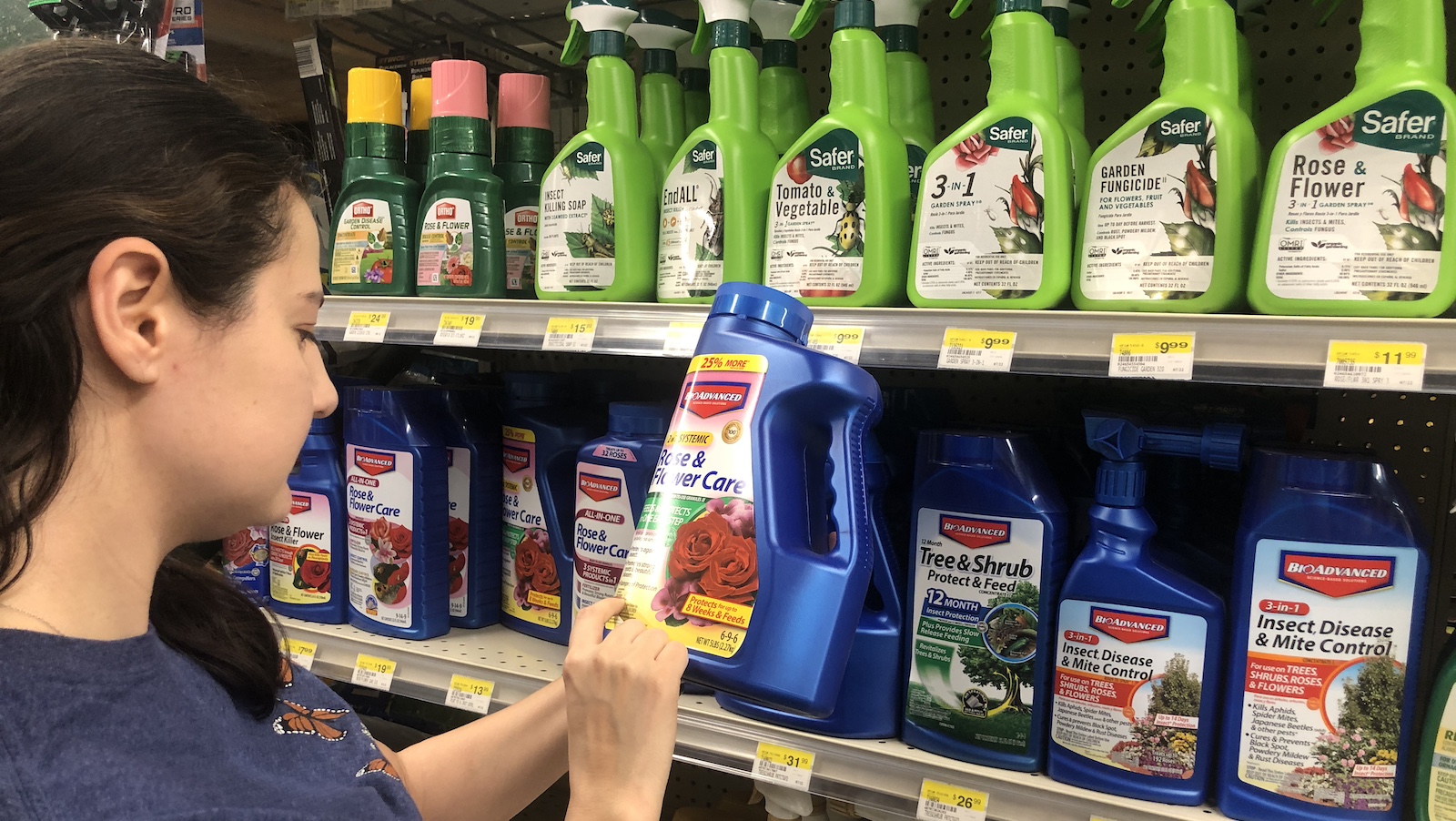
A story of pollinator conservation on military lands
With 11 million acres of land, the military has been called upon to protect habitat for pollinators.
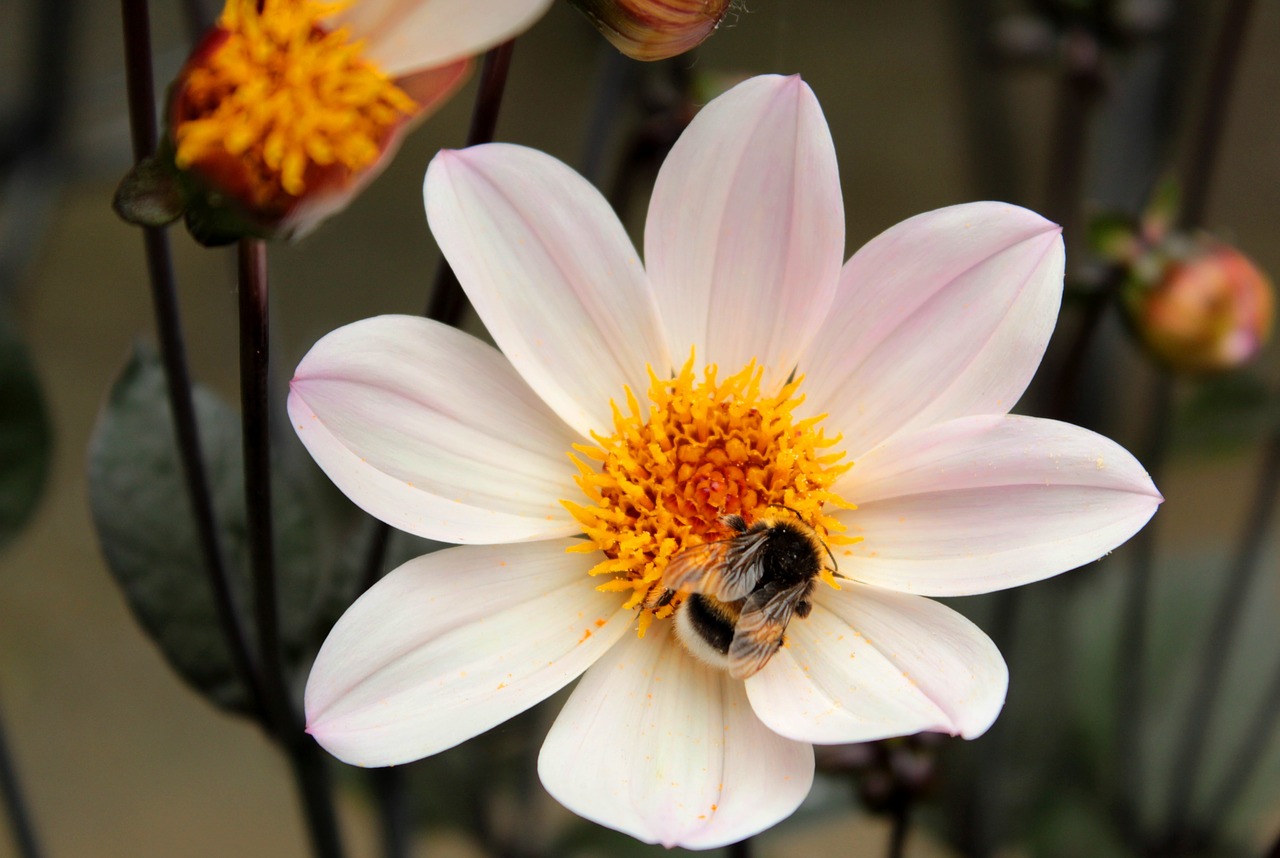
While bees and butterflies may be out of sight for most of us during these winter months, it doesn’t mean we can’t celebrate them. And, for fans of these indispensable pollinators, we have reason to get excited thanks to a recently passed military bill.
On New Year’s Day, the FY21 National Defense Authorization Act (NDAA) became law when the Senate voted to override President Trump’s veto. This comes three weeks after the bill was initially approved by both chambers in mid-December. The tally for the veto override was 322-87 in the House and 81-13 in the Senate. One set of uncontentious provisions in the defense bill that now becomes law contains language on pollinator habitat (see §2827(d)(4)).
The bee- and butterfly-friendly provisions in the bill, which, by design, largely went under the radar, require the Department of Defense to abide by its own guidebook when it comes to managing military lands in a manner that protects pollinators. Additionally, the bill requires the secretary of defense to report annually on progress made in implementing its guidelines.
Finally, the bill highlights recommendations that the military should prioritize. These guidelines include adding native flowering plants, preserving known and potential pollinator nesting and overwintering sites, and eliminating or minimizing the use of pesticides in pollinator habitat.
You might be thinking: Why would pollinators be included in a military spending bill in the first place?
The connection between bees and the military has a history that precedes the recently passed defense bill. In fact, it’s something the Department of Defense has reported on previously. A Presidential Memo in 2014 called for the creation of a federal strategy to promote pollinator health and prompted a memorandum from the undersecretary of defense to follow practices that protect pollinators and their habitat. The U.S. Air Force created a guide in 2017, which laid the foundation for the 2018 DoD Pollinator Conservation Reference Guide. The recently passed NDAA cites and pulls its recommendations from that 2018 document.
The DoD guide explains that the primary objective of military natural resource programs “is to sustain, restore and modernize natural infrastructure to ensure operational capability and no net loss in the capability of DoD lands to support the military mission of the installation.”
In other words, pollinators help ensure healthy ecosystems that are easier to take care of, give training landscapes more “realistic conditions” and create buffers for local communities. Through this, pollinator conservation promotes both the military mission and long-term sustainability.
In many ways, the NDAA language on pollinators was a long time coming.
So how did pollinators make it into this year’s bill?
The road to including pollinators in the National Defense Authorization Act began with the notion that America’s public lands can play a major role in protecting pollinators, and public lands are something that the Department of Defense has a lot of — a sizable 11 million acres.
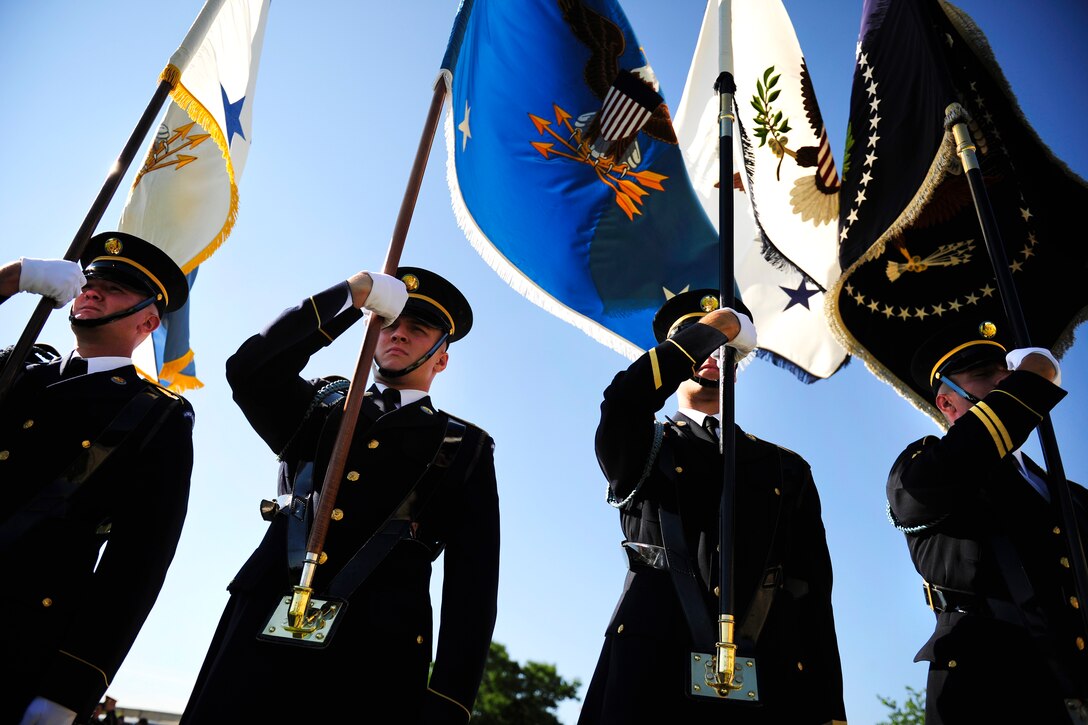
The Department of Defense administers 11 million acres of land. Photo: Dept. of Defense
As an environmental champ, Rep. Xochitl Torres Small from New Mexico recommended including pollinators in the NDAA to the House Armed Services Committee. From there, the language, as it stands in the final NDAA, was included in the House version of the bill.
While this small yet important victory happened without a lot of fanfare, years of public education, canvassing and advocacy on behalf of bees and other pollinators helped lay the groundwork for this meaningful win.
People care about pollinators and that translates to members of Congress.
We thank Rep. Torres Small for working with us to introduce these recommendations into the bill, and the House and Senate conferees for including this language and acknowledging the harmony between conservation and military priorities.
When our favorite pollinators return to greet the spring, we can find assurance in the fact that bees, butterflies and other important species will have new habitat in key areas around the country made possible by this new legislation and the work of America’s armed services.
Image by Sonja Kalee from Pixabay.
Topics
Authors
Steve Blackledge
Senior Director, Conservation America Campaign, Environment America
Steve directs Environment America’s efforts to protect our public lands and waters and the species that depend on them. He led our successful campaign to win full and permanent funding for our nation’s best conservation and recreation program, the Land and Water Conservation Fund. He previously oversaw U.S. PIRG’s public health campaigns. Steve lives in Sacramento, California, with his family, where he enjoys biking and exploring Northern California.
Malia Libby
Former Save the Bees, Associate, Environment America
Find Out More

What kind of planet protector are you?
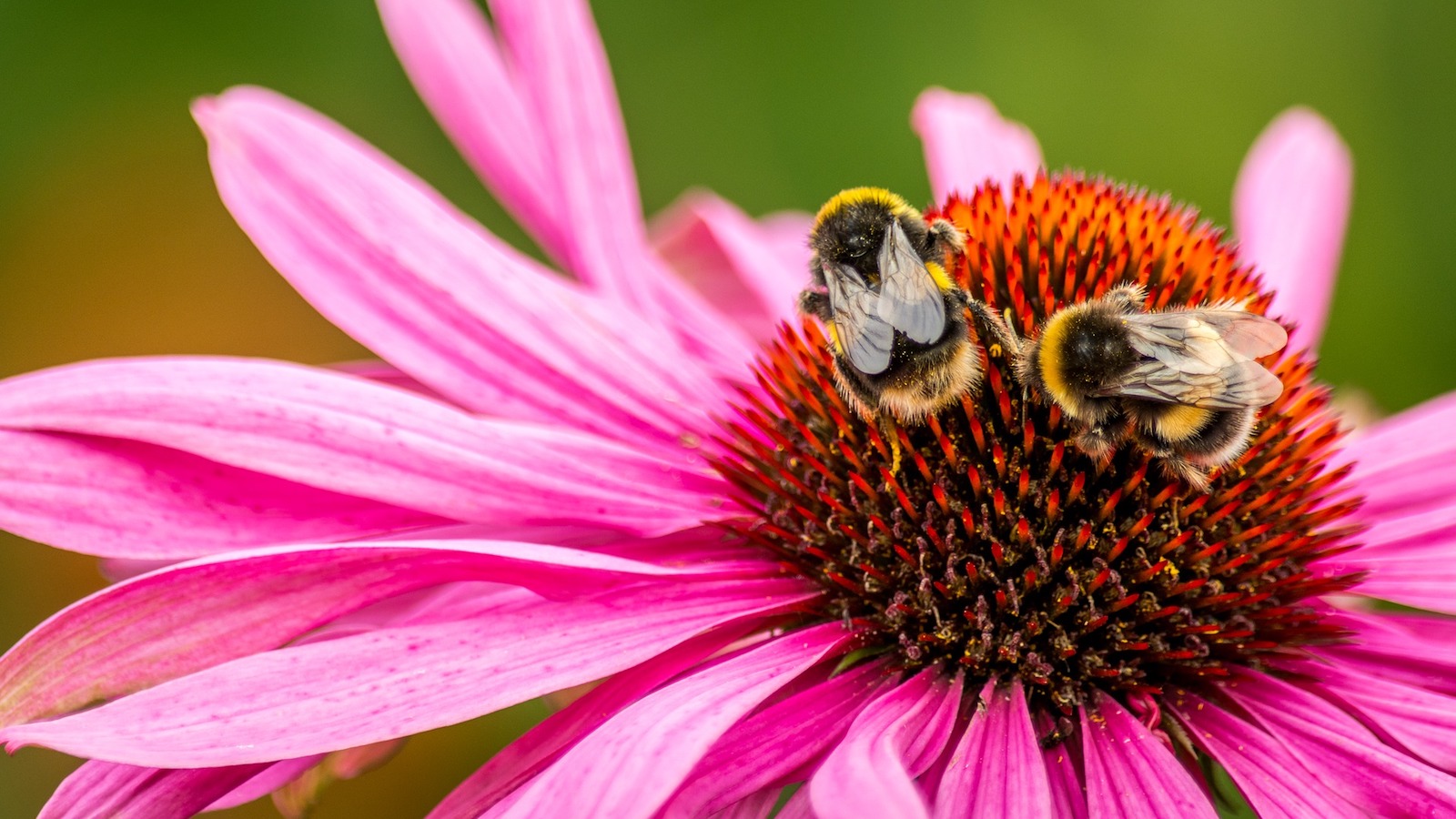
3 ways neonic pesticides are harming bees
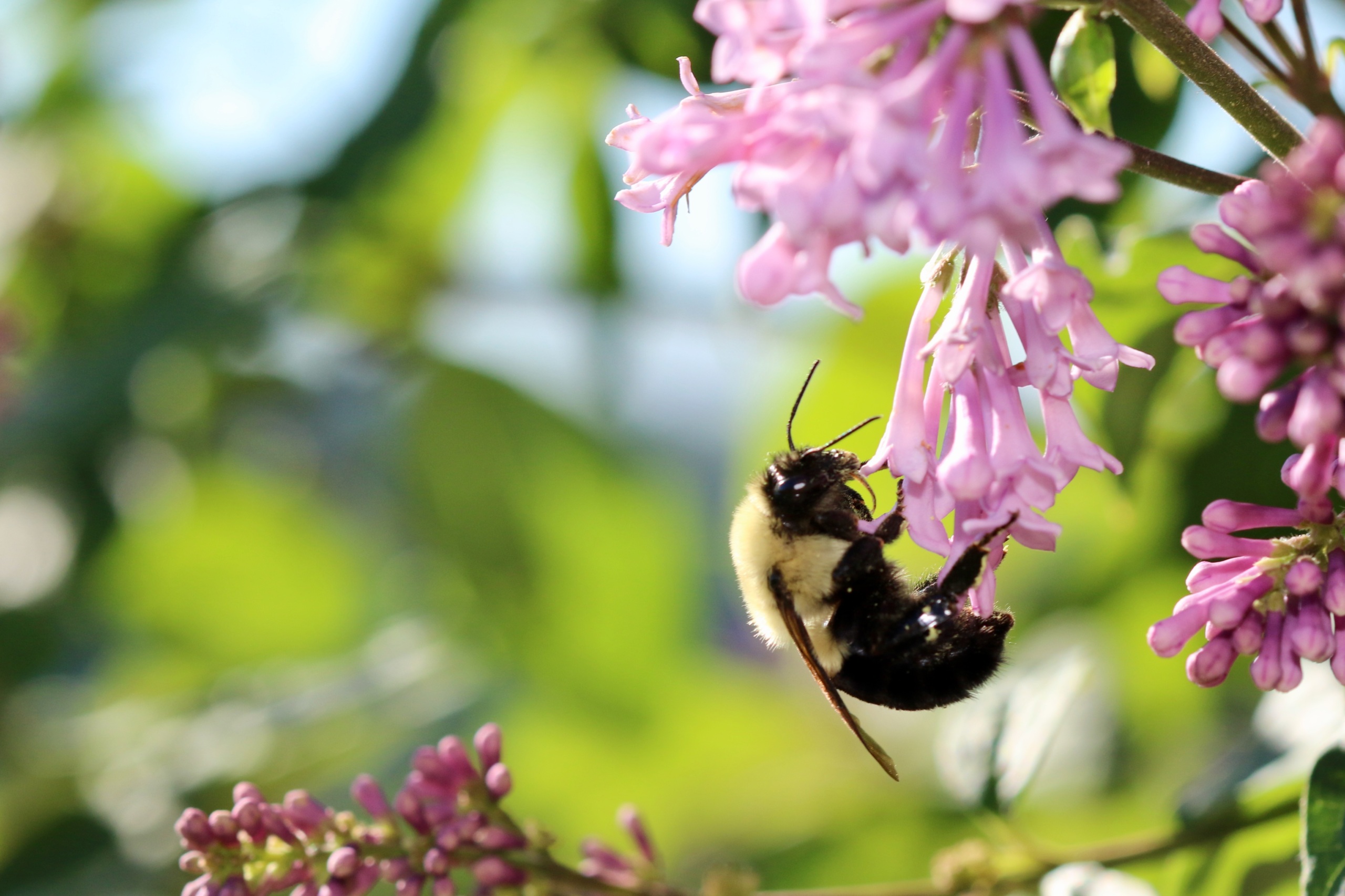
Why we should save the bees, especially the wild bees who need our help most
